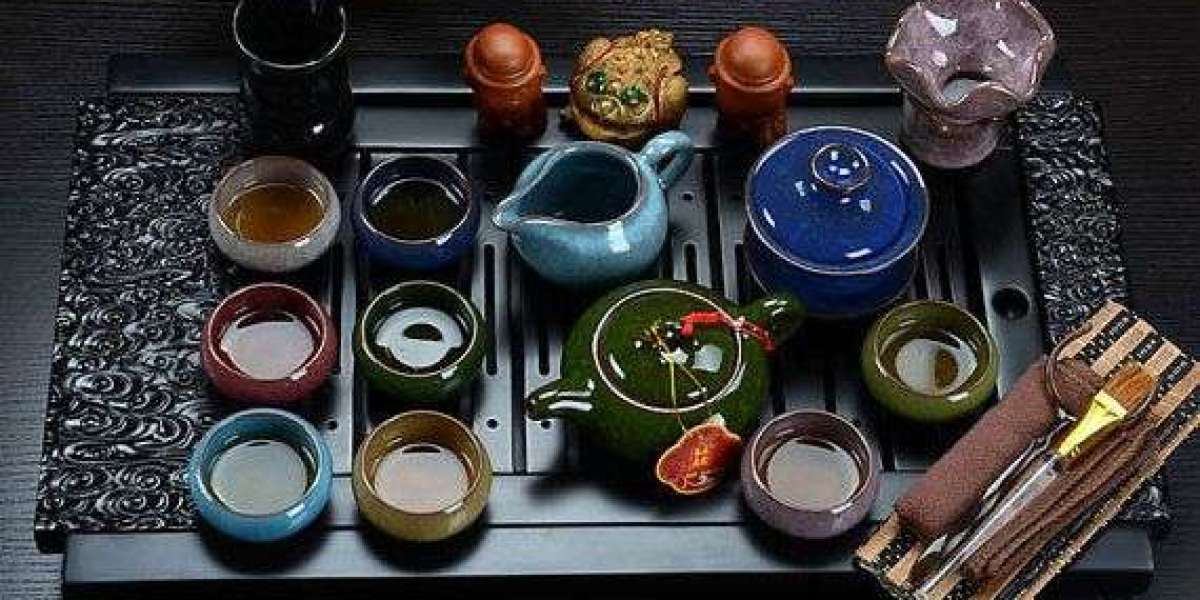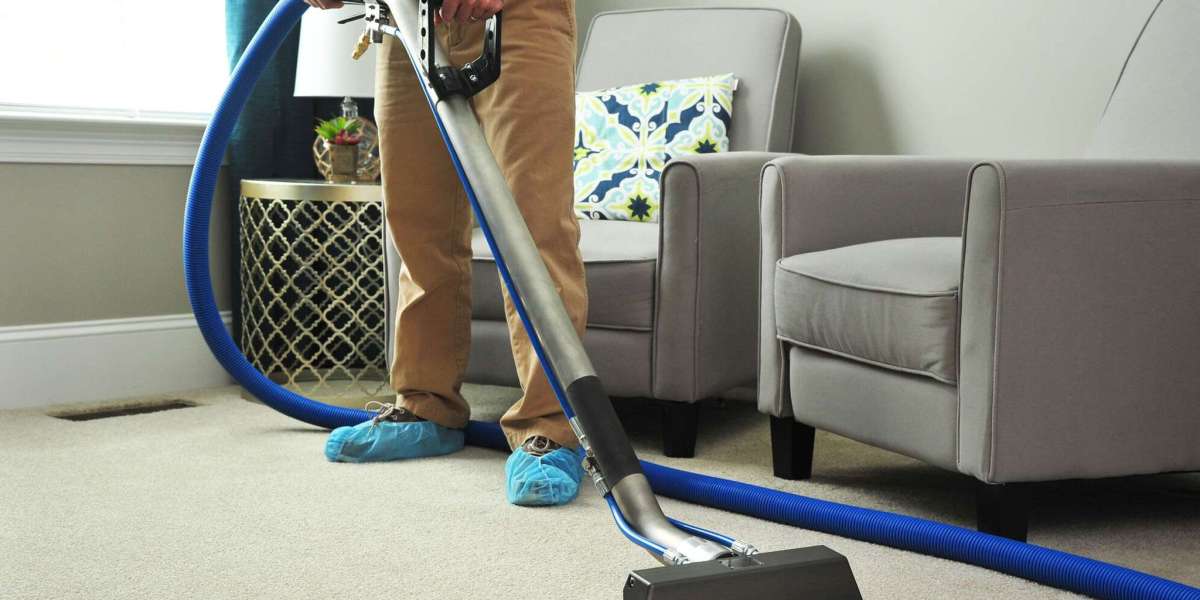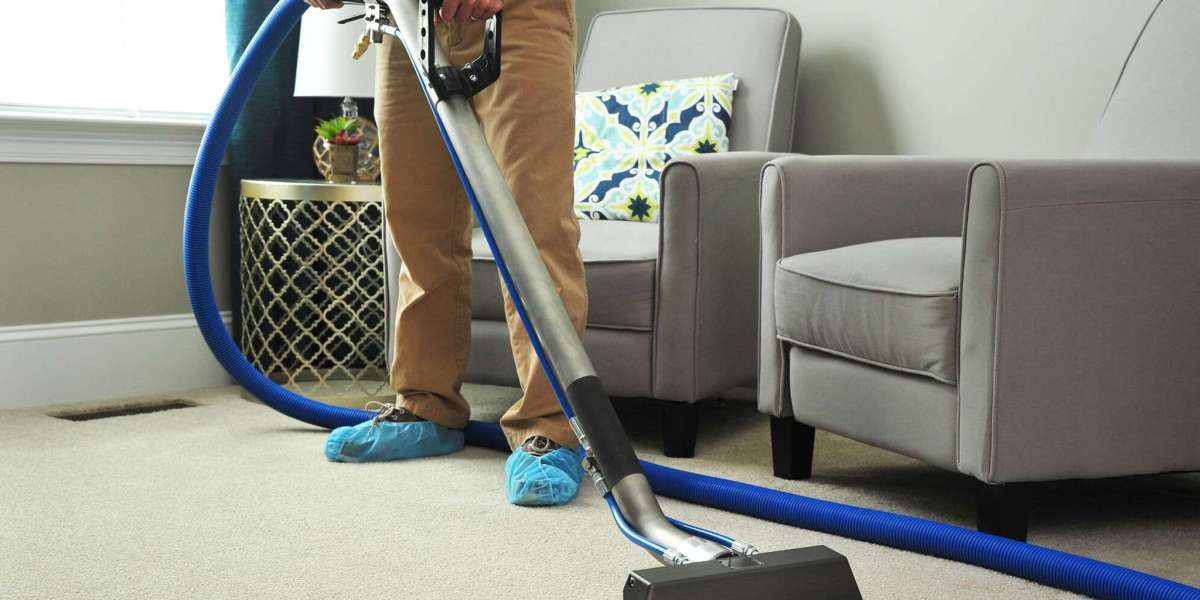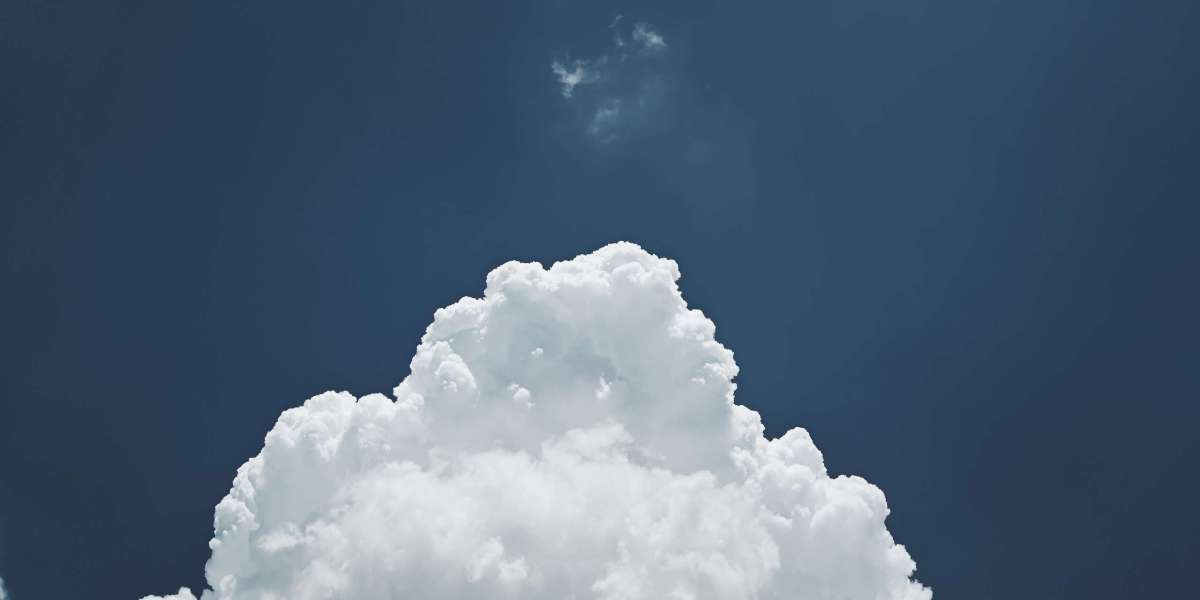Chapter 1: What Makes Hojicha Unique?
| Property | Hojicha | Standard Green Tea |
|---|---|---|
| Caffeine | 7-15mg/cup | 30-50mg/cup |
| Roast Level | 200°C (392°F) | Unroasted |
| Flavor | Toasted barley, caramel | Vegetal, umami |
| Color | Reddish-brown | Green/yellow |
Science Behind the Roast:
Pyrolysis breaks down catechins, reducing bitterness.
Stems roast differently than leaves—more furfural (bread-like aroma).
Try our Kyoto-Grade Hojicha.
Chapter 2: Brewing the Perfect Cup
Traditional Method:
Water: 195°F (90°C) – hotter than sencha!
Ratio: 1 tbsp per 8oz water (loose leaf)
Steep: 30 sec – overbrewing makes it ashy.
Modern Twists:
Cold Brew: 10g per liter, steep 8 hours (smoother, sweeter).
Hojicha Latte: Whisk 1 tsp powder with warm oat milk.
Pro Tip: Use a kyusu (Japanese teapot) with ceramic filter—metal alters flavor.
Get the tools: Hojicha Brewing Set.
Chapter 3: Health Benefits of Hojicha
Gentle on Digestion
Low tannins = less stomach irritation (ideal for acid reflux).
Sleep-Friendly
80% less caffeine than coffee—safe before bed.
High in Pyrazines
Roasting creates antioxidants linked to mood enhancement (Osaka University study).
Pairing Idea: Serve with wagashi (red bean sweets) to balance roastiness.
Conclusion: Hojicha for Everyone
Whether you’re caffeine-sensitive or just crave cozy flavors, hojicha is the anti-matcha—unpretentious, forgiving, and full of depth.
Discover our Hojicha Sampler (loose leaf + powder).








